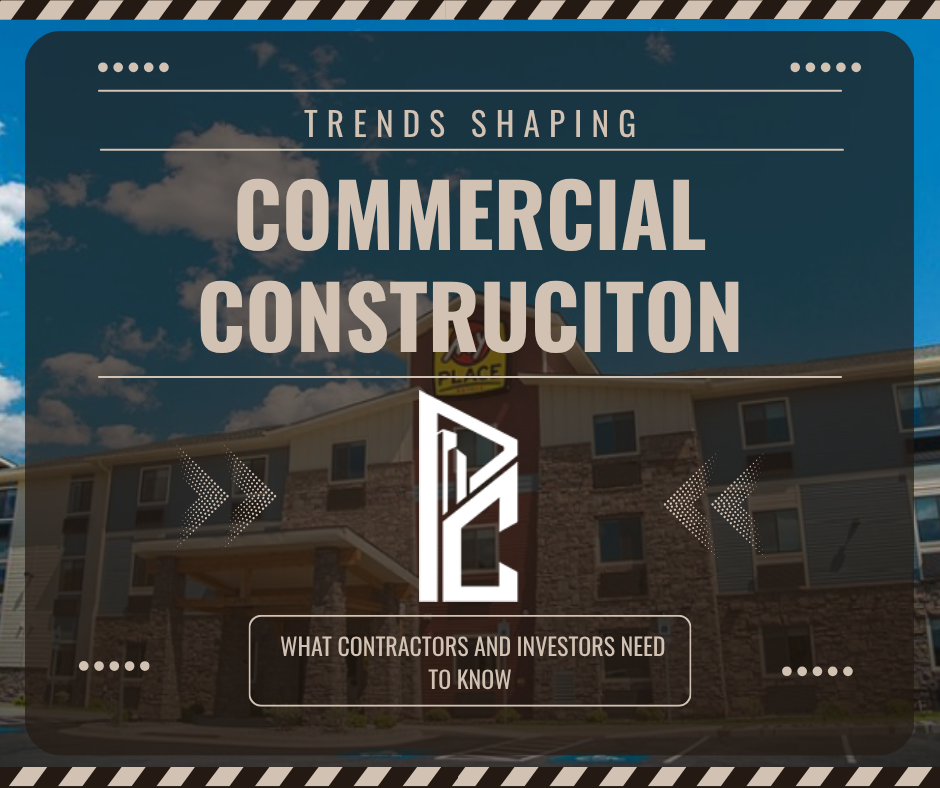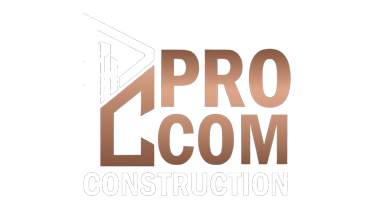
The commercial construction industry is experiencing a period of significant transformation as we move through October 2025. With market dynamics shifting and new opportunities emerging, general contractors, builders, and property developers need to stay informed about the latest trends affecting their projects and bottom lines.
Robust Market Growth Despite Economic Headwinds
The construction market continues to demonstrate remarkable resilience. According to recent industry reports, the global construction market is projected to grow at a compound annual growth rate (CAGR) of 6.50% between 2025 and 2034, with valuations expected to reach approximately $25.47 trillion by 2034. In the United States alone, the market is valued at $13.4 trillion in 2025 and projected to reach $20.6 trillion by 2033.
This growth trajectory signals strong opportunities for commercial contractors and developers willing to navigate the current market conditions strategically.
Commercial Construction Starts Surge
One of the most encouraging developments this year has been the dramatic increase in commercial construction activity. In June 2025, commercial construction starts saw a remarkable 78% increase compared to the previous month, reaching a seasonally adjusted annual rate of $635 million. This surge indicates renewed confidence among property developers and investors in commercial real estate projects.
For general contractors, this uptick translates to more bidding opportunities and potential project pipelines extending well into 2026 and beyond.
Improved Bidding Environment
Market conditions have created a more favorable bidding environment for many projects. Contractors are reporting improved bidding results against new budget targets, a trend attributed primarily to market stabilization and more realistic project scoping. Projects that are pressing forward are seeing better alignment between owner expectations and contractor capabilities.
This improvement in the bidding landscape offers general contractors better opportunities to secure profitable work while maintaining healthy margins—a welcome change from the volatile conditions of recent years.
Navigating Uncertainty and Federal Policy Impacts
While growth indicators remain positive, the industry continues to face uncertainty regarding federal policy impacts. Construction output and employment growth in early 2025 showed gains, but confusion about potential regulatory changes and federal spending priorities has created a cautious atmosphere among some stakeholders.
Successful contractors and developers are adapting by:
- Building flexibility into project timelines
- Maintaining diverse project portfolios
- Staying informed about policy developments
- Strengthening relationships with reliable subcontractors and suppliers
Key Opportunities for Commercial Property Developers
Several sectors within commercial construction are showing particular promise:
Industrial and Warehouse Facilities: Continued e-commerce growth drives demand for logistics and distribution centers.
Healthcare Construction: Aging demographics and healthcare infrastructure needs create sustained demand for medical facilities.
Mixed-Use Developments: Urban areas continue to favor projects that combine residential, retail, and office spaces.
Renovation and Adaptive Reuse: Converting existing structures for new purposes remains cost-effective and sustainable.
What This Means for Your Business
For general contractors and commercial builders, the current market presents a strategic inflection point. The combination of strong growth projections, increased construction starts, and improved bidding conditions creates opportunities for businesses positioned to capitalize on them.
Action Steps:
- Strengthen Your Pipeline: With commercial starts increasing, now is the time to pursue new relationships and project opportunities.
- Refine Your Estimating: Take advantage of the improved bidding environment by ensuring your estimates are competitive yet profitable.
- Invest in Capabilities: Consider expanding services or specializations in high-growth sectors.
- Monitor Market Indicators: Stay informed about construction spending trends and policy developments that could impact your projects.
Looking Ahead
As we progress through the final quarter of 2025, the commercial construction industry appears poised for continued growth despite ongoing uncertainties. The projected market expansion through 2034 suggests this isn’t a short-term trend but rather a sustained period of opportunity for well-positioned contractors and developers.
Success in this environment will favor those who remain agile, informed, and strategic in their approach to project selection and execution. By understanding these trends and adapting accordingly, commercial construction professionals can position their businesses for long-term success in an evolving marketplace.
About Pro Commercial: Pro Commercial provides insights, resources, and solutions for commercial construction professionals, general contractors, and property developers navigating today’s dynamic building environment.

